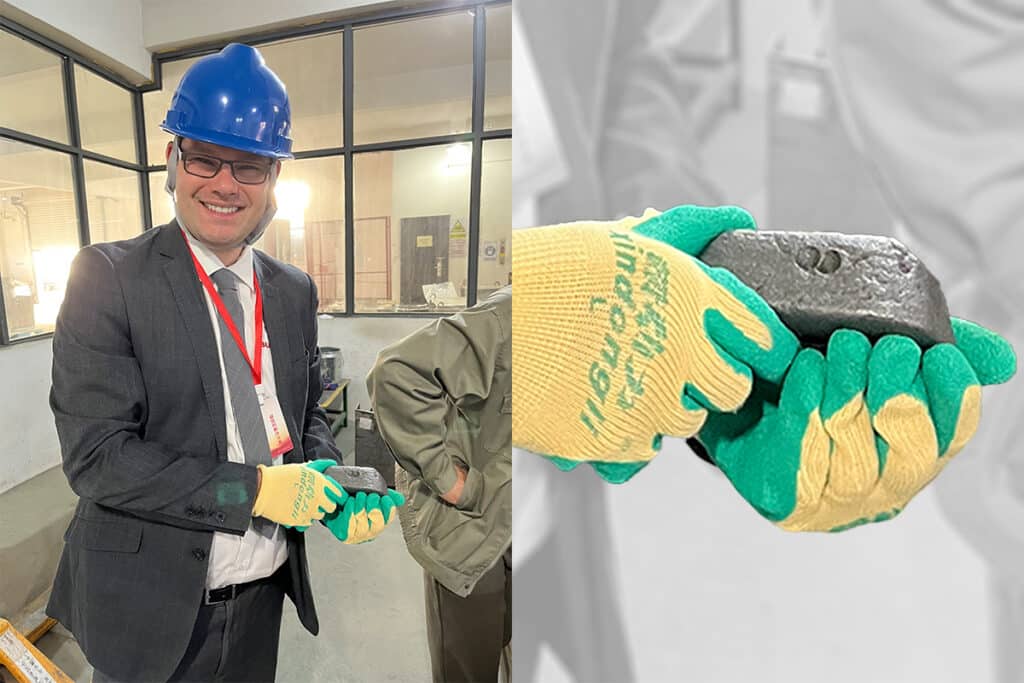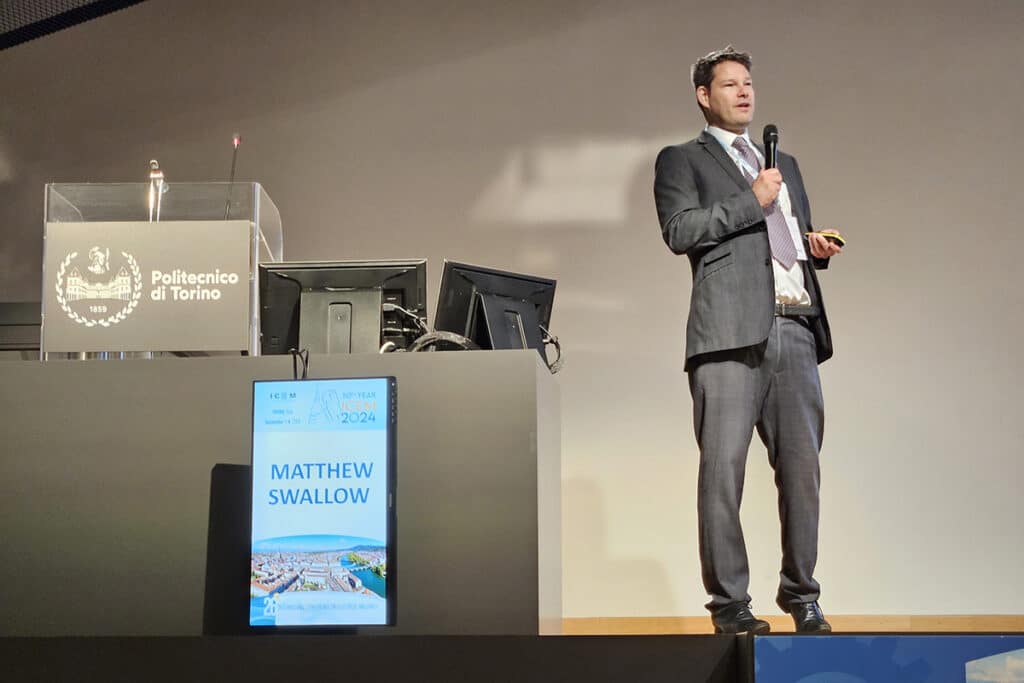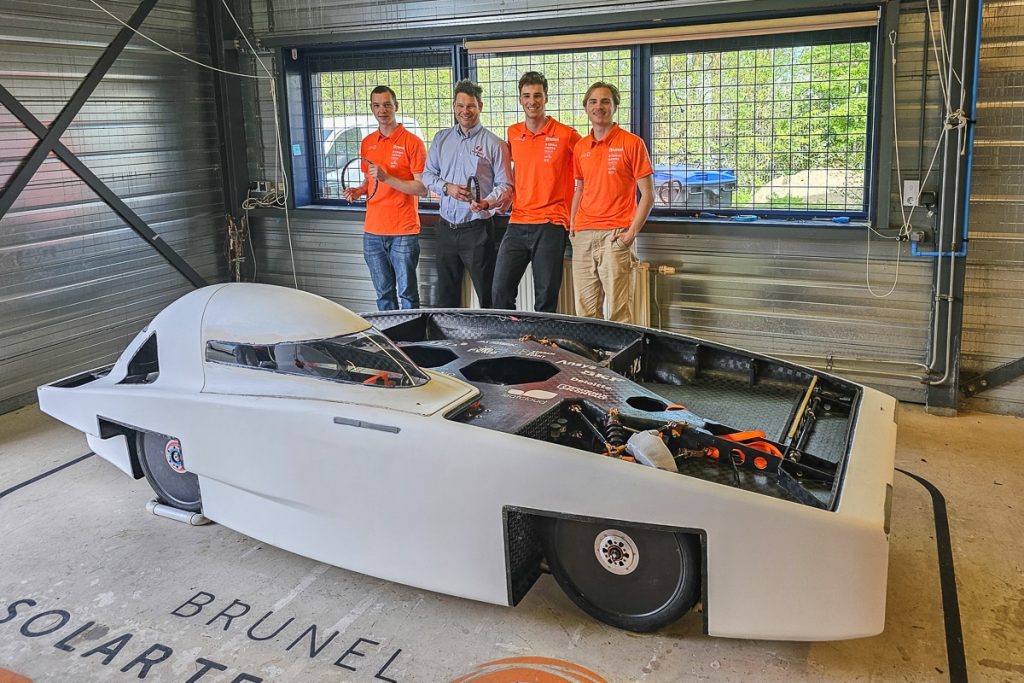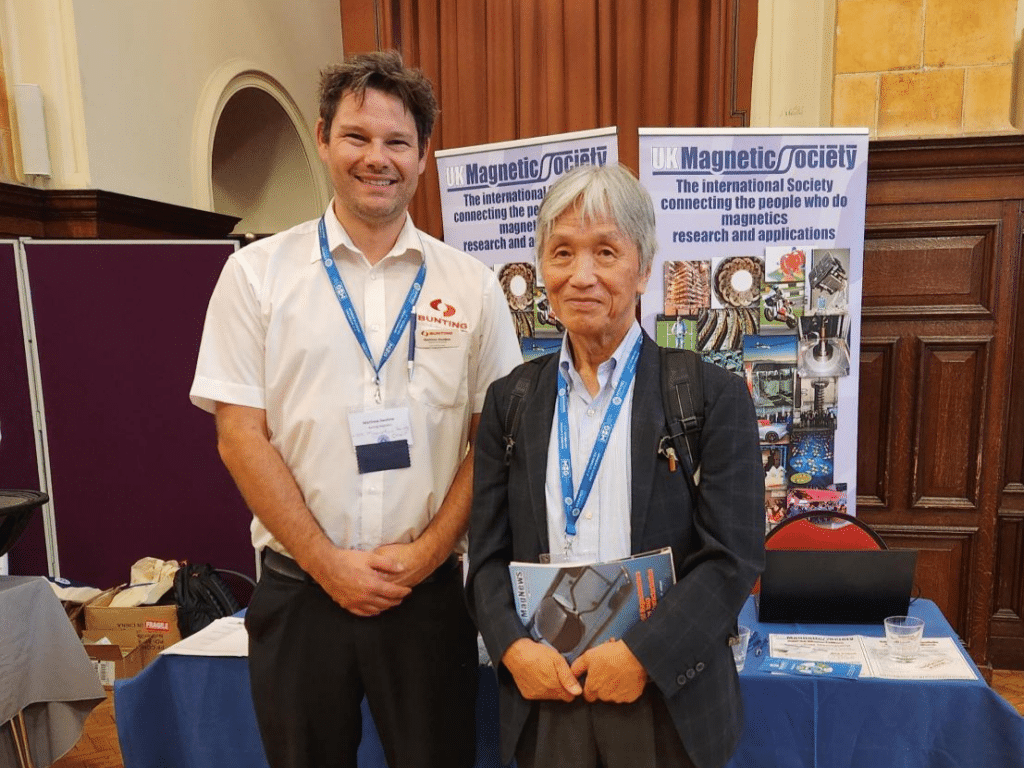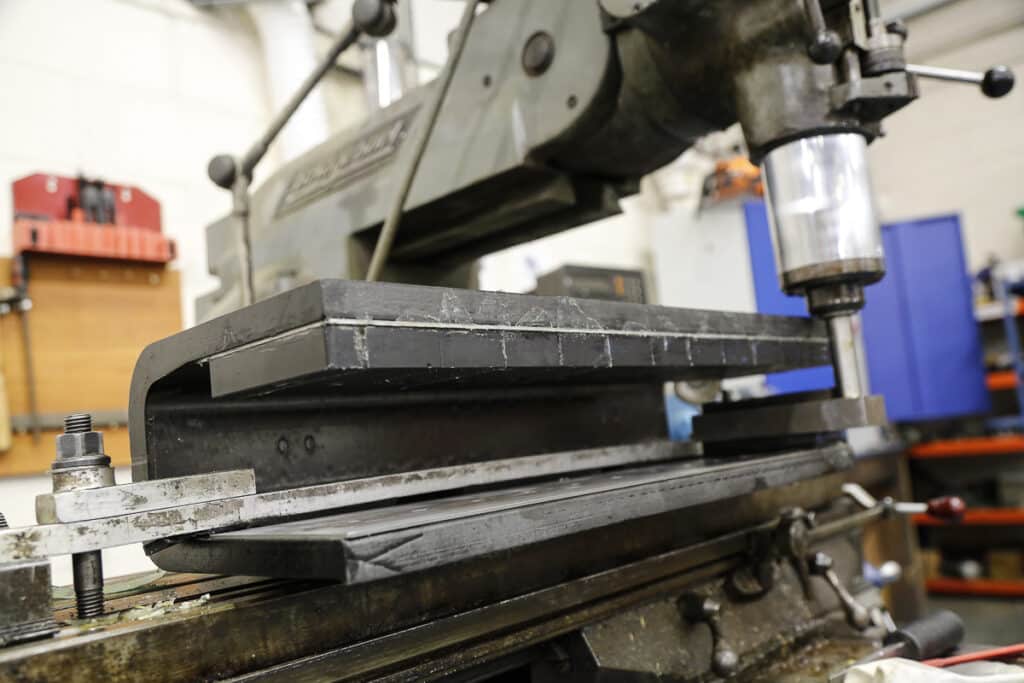Magnets
Magnetising 100,000 Loudspeaker Magnets Annually
A European manufacturer of high-specification loudspeakers has purchased a Bunting industrial magnetiser to magnetise over 100,000 ferrite loudspeaker magnets annually. The new BMC150/LGC magnetiser will be installed at a new manufacturing facility. Industrial magnetisers charge and subsequently magnetise permanent magnets and magnet assemblies. Bunting’s specialist industrial magnetisers are commonly bespoke for specific applications, being designed…
Read MoreLimiting Heavy Rare Earths Reliance for Neodymium Magnets
The growth in demand for neodymium-iron-boron (NdFeB) permanent magnets to maintain magnetic performance at high temperatures led to the inclusion of heavy rare earths such as dysprosium and terbium. The addition of these elements increases the coercivity of NdFeB i.e. it allows the magnets to operate at higher temperatures without losing their magnetic properties. The…
Read More26th International Conference on Electrical Machines (ICEM 2024) Review
The 26th International Conference on Electrical Machines (ICEM 2024) brought together academia and industry on a scale previously unseen. The growth in industry participation reached 50% of all attendees in 2024 and the number of exhibitors reached record levels, highlighting the ever-growing importance of electrical machine technology. The International Conference on Electrical Machines (ICEM) has…
Read MoreYXG-35H: Bunting’s Pinnacle of Samarium Cobalt Performance
Bunting introduces YXG-35H, a ground breaking Samarium Cobalt magnet offering unmatched energy density and extreme coercivity. Ideal for aerospace and high-performance motorsport applications, this magnet pushes the boundaries of magnetic technology. Discover how YXG-35H can revolutionise your designs.
Read MoreBunting’s Magnetic Technology at ICEM 2024
Attendees of the 2024 International Conference on Electrical Machines (ICEM) will have the opportunity to discuss magnetising equipment and bespoke magnet assemblies with Bunting’s technical team. The biennial ICEM 2024 (September 1-4, Torino, Italy) is the only major international conference entirely devoted to electrical machines. This year’s conference will be held at the Politecnico di…
Read MoreBunting Supports Brazilian University Understand Shape Anisotropy and Magnetic Texture
Bunting is supporting an international study into shape anisotropy and magnetic texture determination in anisotropic and isotropic AlNiCo magnets. The research project is being undertaken by Professor Marcos Flavio de Campos, Leonardo Martins da Silva and José Adilson de Castro of the Federal Fluminense University, along with Dr Sergio Antonio Romero of the University of…
Read MoreUnderstanding Magnetic Permeance Coefficient
Firstly, it is important to understand that the maximum working temperature of a NdFeB magnet is not defined by the material grade! It is essential to calculate the magnetic permeance coefficient to establish what grade of material you need. The two examples compare the same magnet but with different thicknesses, one at 30mm and one at…
Read MoreThe Brunel Solar Team Technically Supported by Matthew Swallow
Matthew Swallow, Bunting’s Technical Product Manager, recently visited the Brunel Solar Team in The Netherlands as part of Bunting’s ongoing technical support on the solar car development project. Bunting is supporting the Brunel Solar Team with specialist magnets and technical support in the development of their Nuna 12S solar powered car. The Nuna 12S will…
Read MoreA Review of REPM 2023
Matthew Swallow, our Technical Product Manager and the Chair of the UK Magnetics Society, reports on REPM 2023, the 27th international workshop on rare earth and future permanent magnets and their applications (3-7 September, University of Birmingham, UK). REPM is a biennial academic conference held and run by a hosting university or institution with the…
Read MoreBunting Sponsors REPM 2023
Bunting has signed up as a gold sponsor of REPM 2023, the 27th international workshop on rare earth and future permanent magnets and their applications (3-7 September, University of Birmingham, UK). The biennial workshop is co-organised by SUSMAGPRO partner University of Birmingham and brings together scientists and engineers working on rare-earth permanent magnets and their…
Read More

